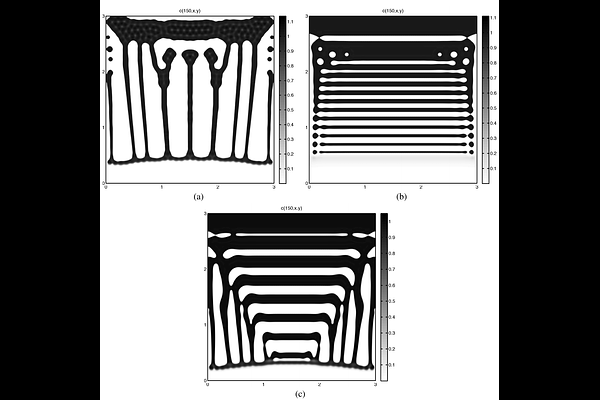Mathematical Modeling of Cancer Cell Invasion of Tissue: Development of an in silico Organotypic Assay

Mathematical Modeling of Cancer Cell Invasion of Tissue: Development of an in silico Organotypic Assay
Andasari, V.; Gerisch, A.; South, A.; Chaplain, M. A.
AbstractBackground: Organotypic assays are three-dimensional in vitro models widely used in cancer research to mimic the in vivo extracellular matrix (ECM) and to study cancer cell invasion by allowing investigation of critical interactions between tumor cells and their microenvironment. During invasion, cancer cells undergo genetic and epigenetic changes that disrupt cell-cell adhesion, enabling detachment from the primary tumor. Subsequently, invasive cells must (i) breach the basement membrane, a dense protein meshwork that restricts cell movement, and (ii) migrate through the surrounding ECM. This process relies on proteolytic enzyme secretion to degrade structural barriers, followed by cell-matrix adhesion-mediated migration. Methods: We present an in silico model of cancer cell invasion in organotypic assays. The model is formulated as a system of partial differential equations capturing spatiotemporal dynamics, with nonlocal terms representing preferential adhesion-driven movement. Key variables in the model are cancer cells, proteolytic enzymes, and the ECM. Results: Computational simulations demonstrate that modulation of cell-cell and cell-matrix adhesion parameters significantly influences tumor invasiveness. This result is consistent with experimental observations, demonstrating the model\'s ability to accurately reflect in vitro behavior.